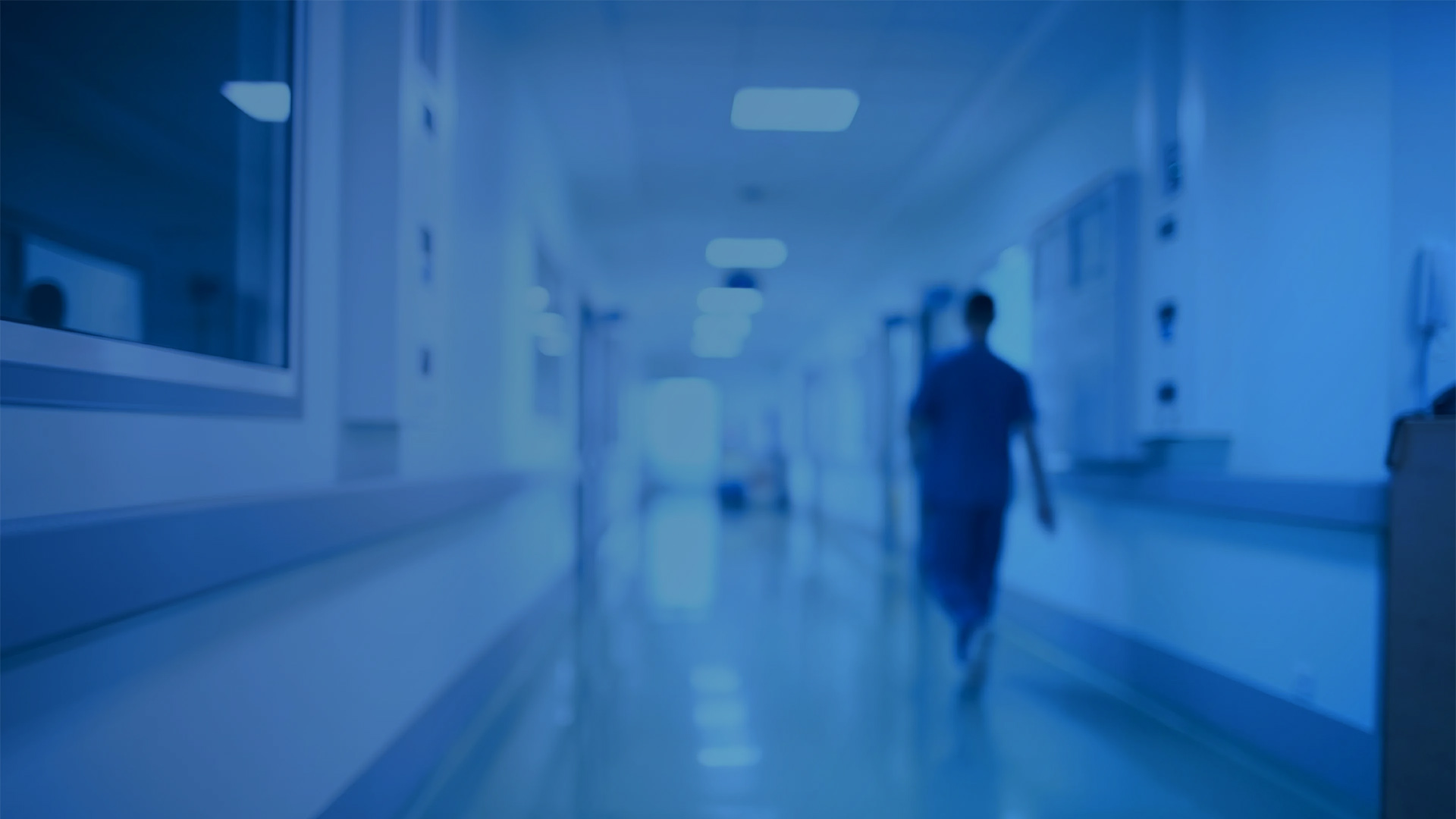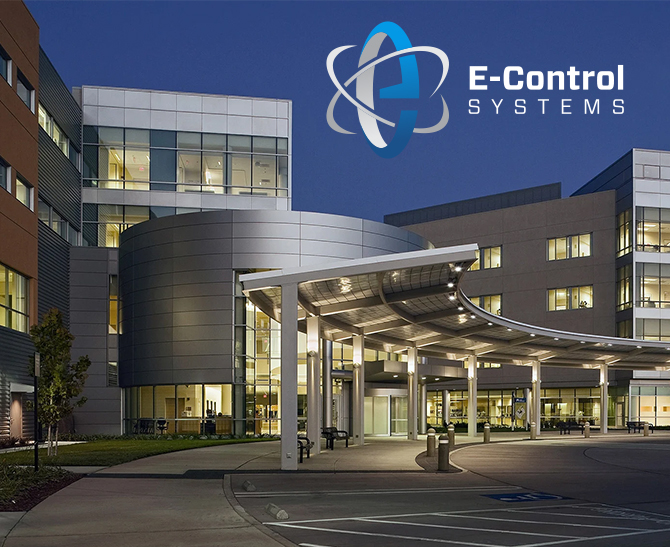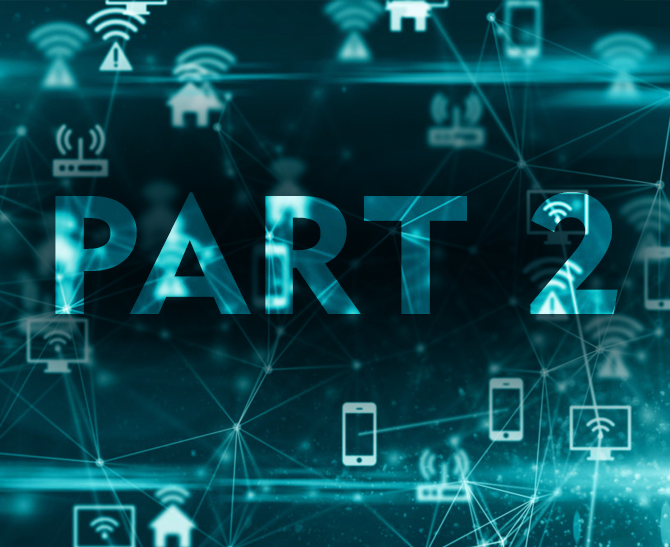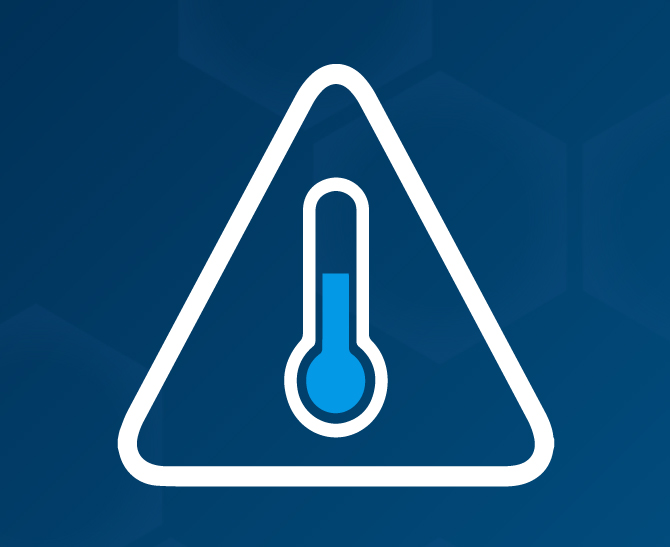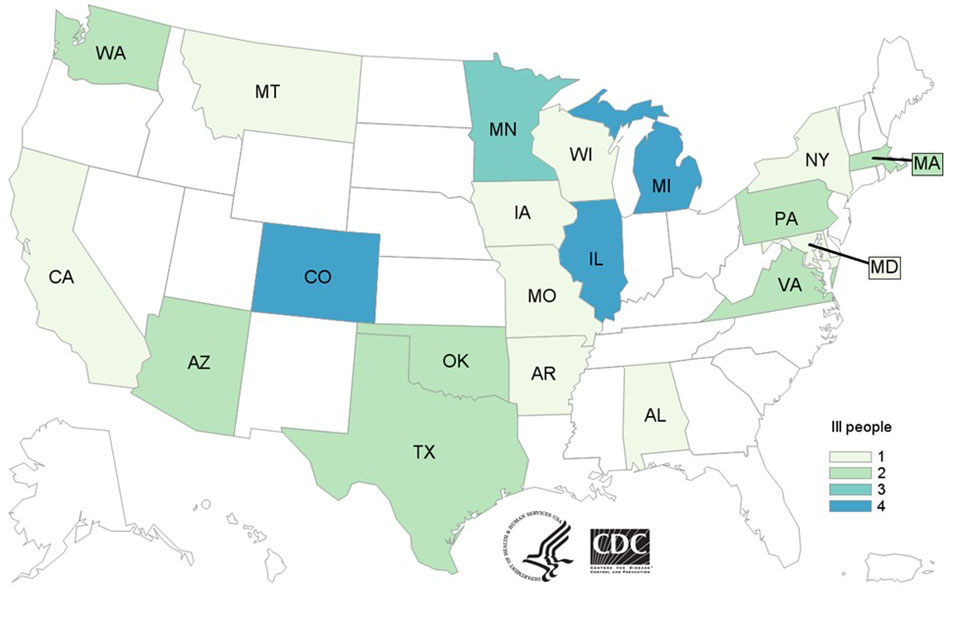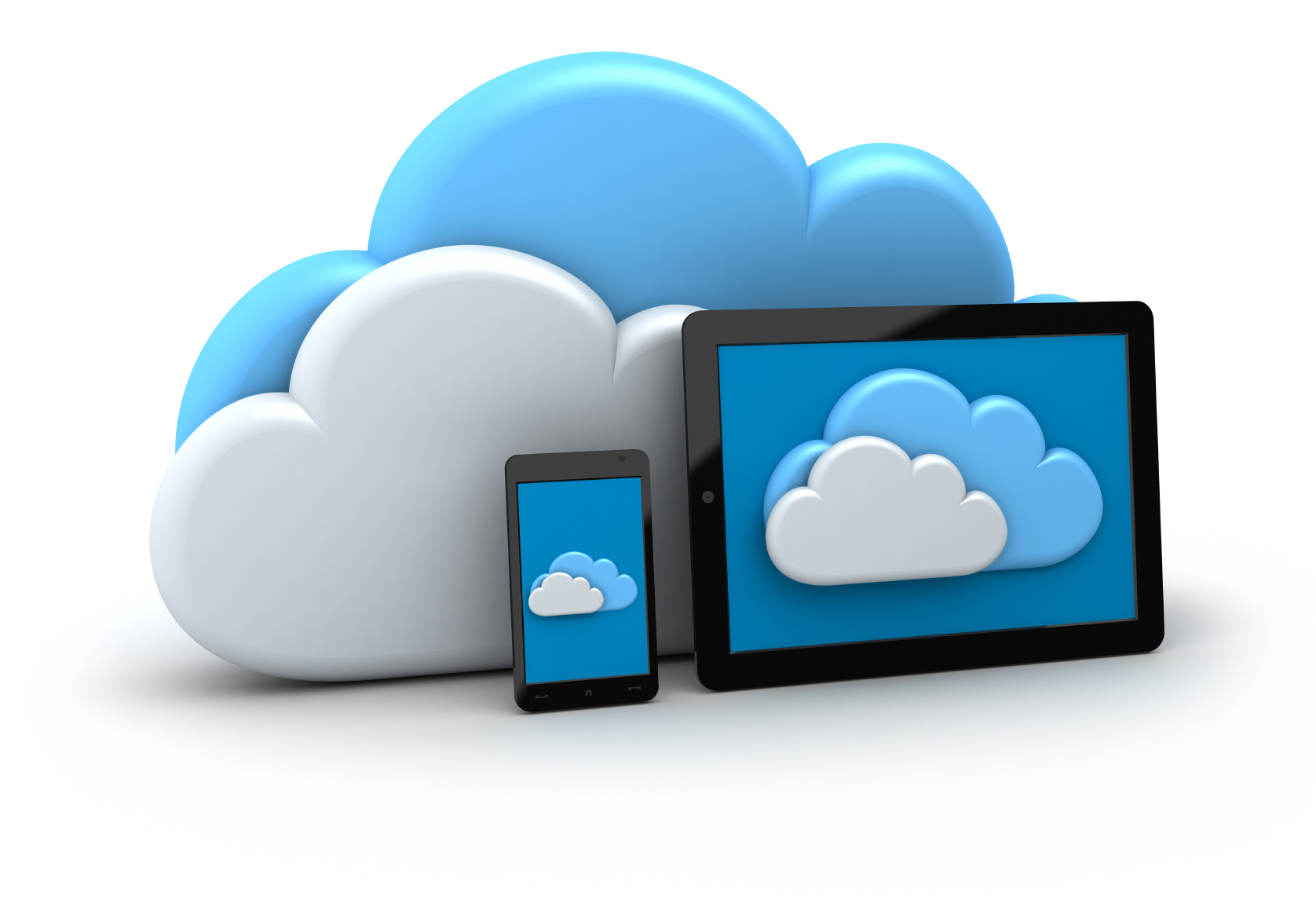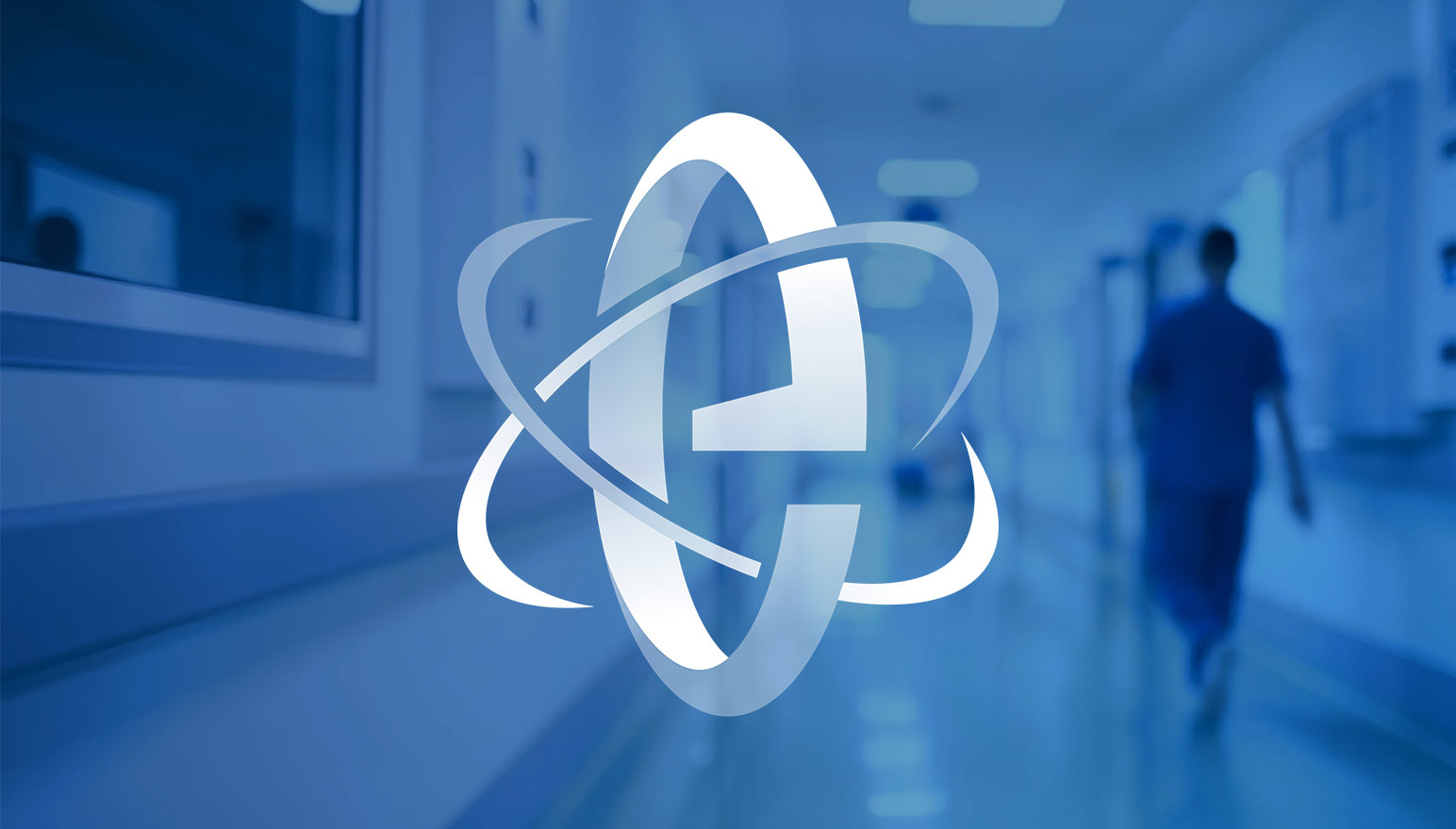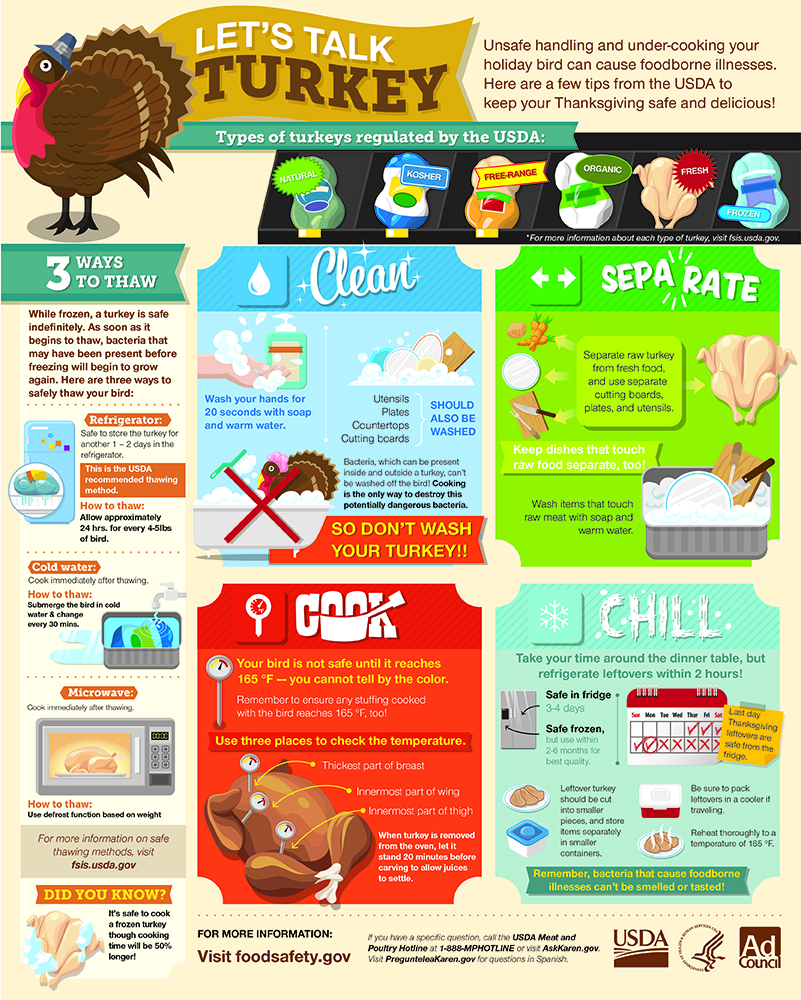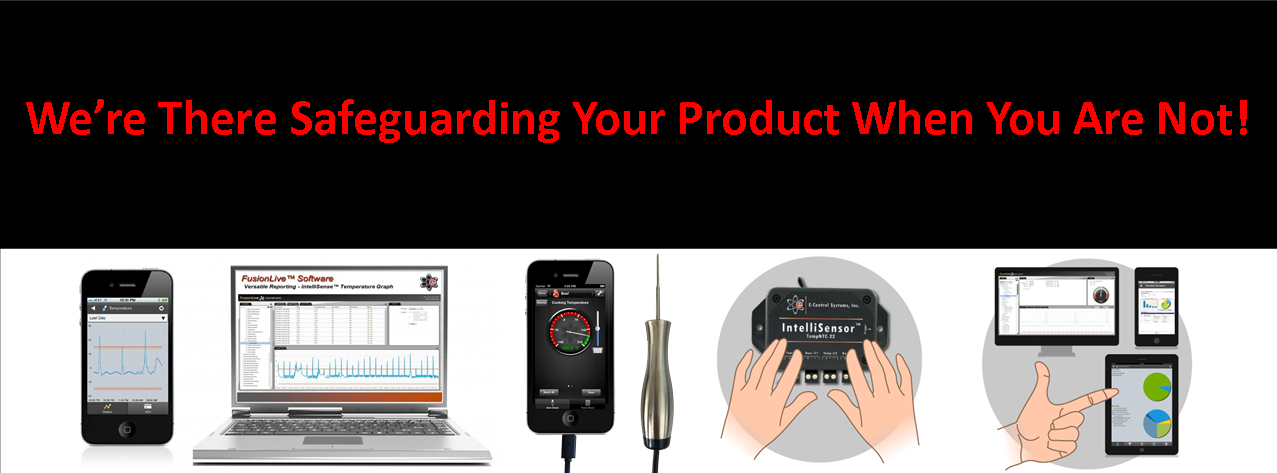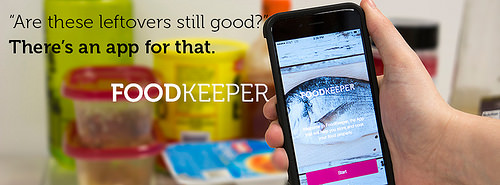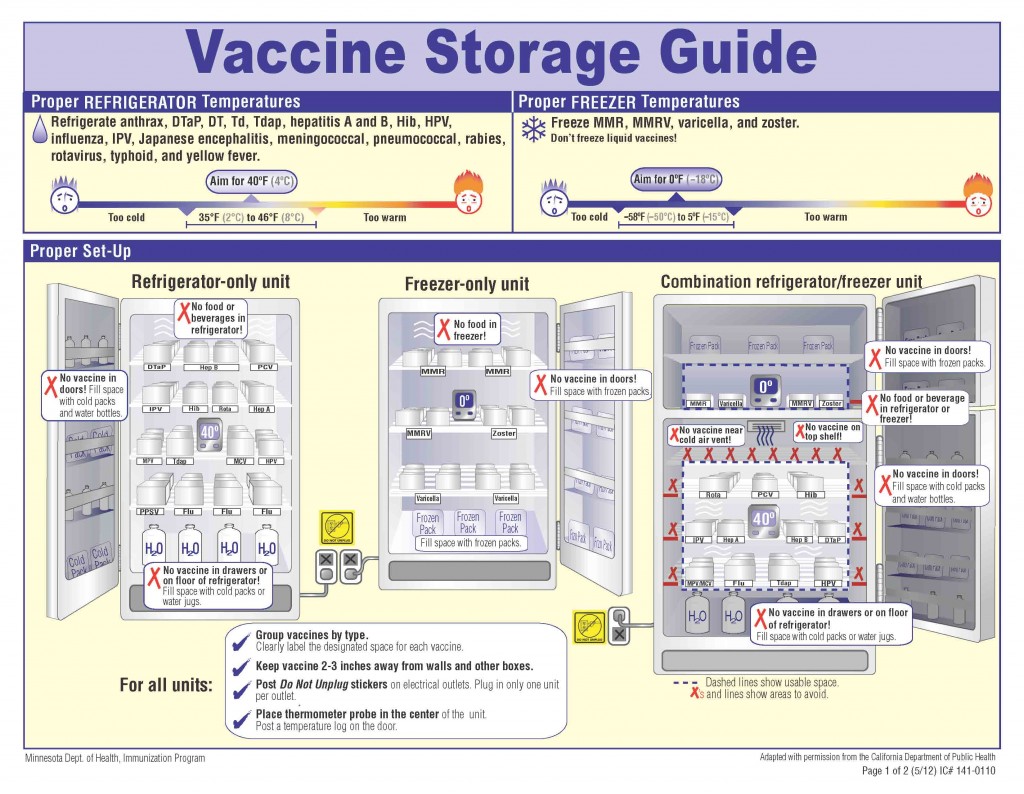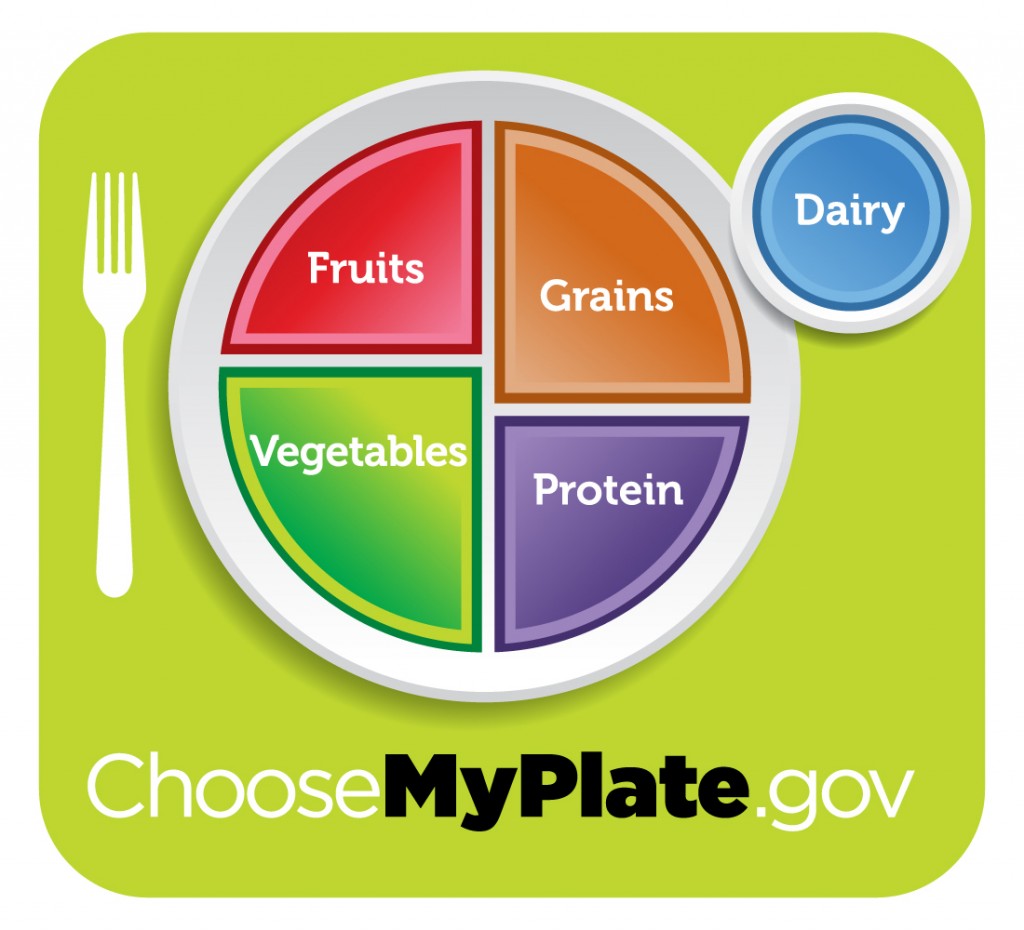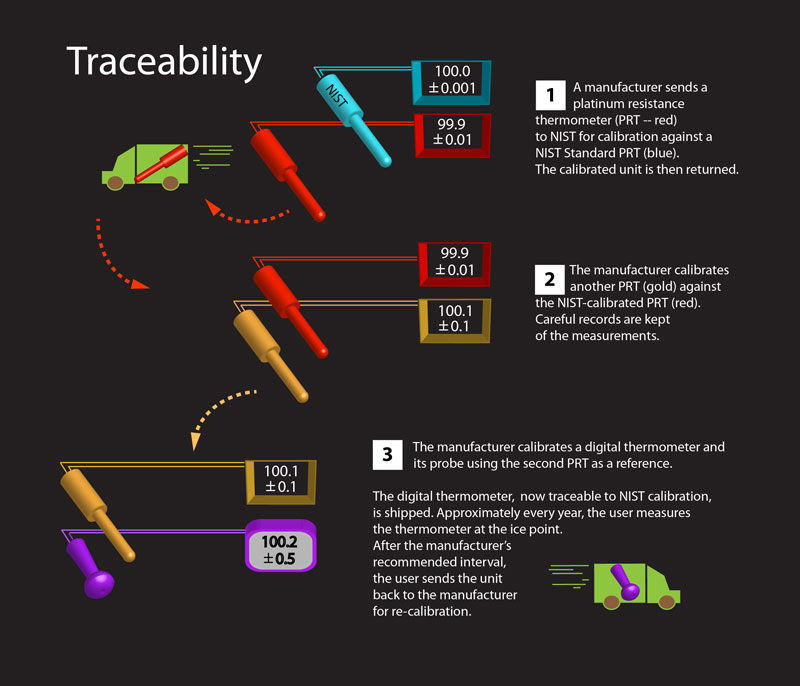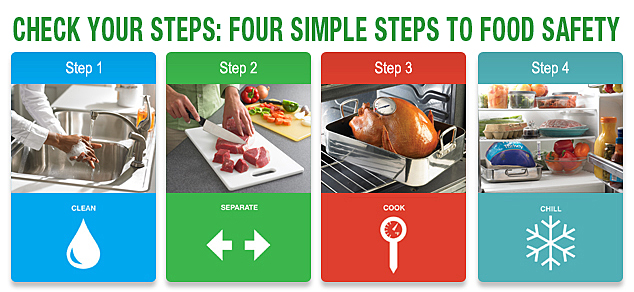10 Common Laboratory Problems and Solutions: Lab Safety Topics
Running and maintaining a lab is no simple challenge. With all of the tasks and specs to worry about, the health and safety of staff can easily be overlooked, or forgotten. Everyone’s safety is important, but these issues are especially of concern when medical patients or customers rely on the assurance of a lab to maintain proper safety standards.
Laboratory Safety Issues & Solutions
What are the most common lab safety problems?
- Never store or consume food or drinks in labs where hazardous materials are used. This goes for keeping your lunch, snacks and sodas in refrigerators made for chemicals.
- Safety Eyewashes should be cleaned and flushed weekly. Always document the date of last maintenance on eyewash tags.
- Always wear appropriate personal protective equipment (PPE) when working in labs where hazardous materials are present. Never wear shorts or open-toed shoes in labs.
- Remove clutter and practice good housekeeping. Keep exits and aisles clear. Eliminate extension cords and power strips in series.
- Have the appropriate spill supplies available, and follow proper response procedures when spills occur.
- Maintain labels on chemical containers received from manufacturers and label secondary containers. Replace old and deteriorated labels. Segregate chemicals properly. Store acids in an acid cabinet or in a plastic container. Store nitric and other corrosive acids separately. Dispose of unwanted chemicals properly.
- Label chemical waste with specific contents. Keep waste tag attached to each specific waste container at all times. Keep chemical waste containers closed (do not forget to remove the funnel).
- Chemical fume hood sashes should be kept closed whenever possible. Maintain the minimum possible opening when working. Limit storage in hoods to essential items only.
- Always use a lab temperature monitoring system to ensure that volatile chemicals stay within their safe ranges. Also, items that will be used, such as vaccines, should be kept within their safe temperature ranges so they do not go bad.
- Always secure gas cylinders properly. Also always keep safety caps on gas cylinders when not in use.
Lab Safety Issue FAQ's
Why is it important not to eat or drink in the lab?
Laboratories contain hazardous materials that could contaminate beverages or food, like chemicals, radioactive substances, or biological agents. Ingesting harmful substances like these exposes people to potentially serious health risks. Spilled food or beverages can cause damage to sensitive equipment in medical and scientific labs, change the efficacy of experiments, and negatively affect results. Strictly preventing food or beverages from entering the lab maintains a safer, controlled environment.
What personal protective equipment (PPE) should be worn in a lab?
Wearing the proper personal protective equipment (PPE) is essential for laboratory safety and reducing risks. Safety goggles shield lab workers' eyes from flying debris or splashes. Protective gloves prevent direct contact with chemicals or harmful biological substances. Lab coats prevent skin from being exposed to contaminants. Masks and respirators can safeguard workers from the possibility of inhaling toxic fumes. Wearing closed-toe shoes guards feet from getting cut by sharp objects and from accidental spillage. Wearing and using appropriate PPE ensures a controlled space is maintained so experiments can be safely conducted.
What should you do if a chemical spill occurs?
The first priority should be safety when a chemical spill happens. Notify others immediately and evacuate to prevent any additional exposure. Adding PPE like goggles, masks, and gloves may minimize contact while protecting you from contamination. Try to identify the spilled chemical by reading the label or safety data sheets to determine the appropriate course of action. Prevent the spill from spreading with absorbent materials and neutralize it with appropriate agents. Carefully clean up the spill and dispose of any contaminated items or liquids in leak-proof containers. Document the specifics of the incident and report it to ensure safety protocols are followed.
What should you do if a chemical spill occurs?
The first priority should be safety when a chemical spill happens. Notify others immediately and evacuate to prevent any additional exposure. Adding PPE like goggles, masks, and gloves may minimize contact while protecting you from contamination. Try to identify the spilled chemical by reading the label or safety data sheets to determine the appropriate course of action. Prevent the spill from spreading with absorbent materials and neutralize it with appropriate agents. Carefully clean up the spill and dispose of any contaminated items or liquids in leak-proof containers. Document the specifics of the incident and report it to ensure safety protocols are followed.
Does a cold hospital environment have any health benefits?
Properly disposing of chemical waste safeguards the environment and public health. A multi-step process is used to comply with local, state, and federal laws. First, identify and segregate different types of waste because combining potentially incompatible types could cause a dangerous reaction. A detailed inventory of chemical waste should be kept to track it, which is required by many institutions and businesses. Instead of disposing of chemicals in trash cans or drains, chemical waste should be stored in labeled containers created specifically for disposal. When not properly disposed of, chemicals can contaminate water sources, landfills, and wastewater systems and harm public health. Hazardous waste disposal companies incinerate, neutralize, or secure landfill storage for these chemicals. Complying with established procedures is the safe way to handle chemical waste management.
Why is housekeeping important in a laboratory?
Thorough housekeeping ensures safety in labs and complies with regulations. A clean, well-maintained lab minimizes the risk of accidents and exposure. It also prevents samples from being contaminated and ensures experiment results are more reliable. Following industry cleanliness standards and regulations avoids penalties and helps maintain accreditation.
Why is temperature monitoring important in a laboratory?
Properly monitoring temperature in a lab setting ensures the stability and integrity of scientific and medical experiments, samples, and equipment. Many experiments are temperature-sensitive, and even minimal fluctuations can impact results if deviations occur. Refrigerators, incubators, and other lab equipment should be temperature-controlled and monitored. Complying with industry standards can avoid errors and contamination.
